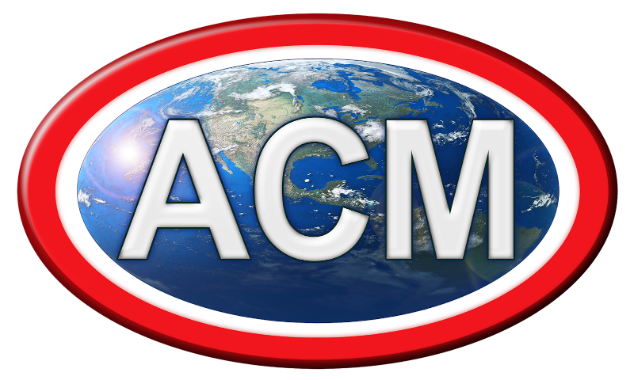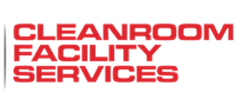Serving Vital Global Industries
Cleanroom Services Industry
The cleanroom services industry comprises cleaning, testing and certification, environmental monitoring, and management of cleanroom supplies, laundry services, validation services, training and consulting, HEPA filtration, isolator units, tooling and manufacturing equipment, clean-build construction and protocol. While more than 30 different industry segments utilize clean rooms, 70 percent of U.S. clean room floor space is in the semiconductor and other electronic components, pharmaceutical, and biotechnology industries.
The following are just a few of the amazing applications that cleanroom technology fosters;
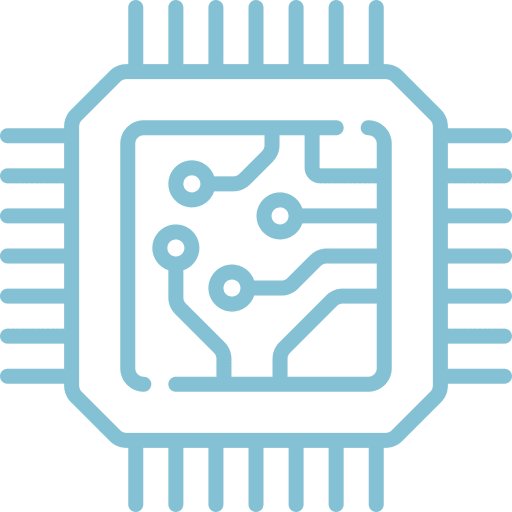
Semiconductor
Almost all of today's technology involves the use of semiconductors, with the most important aspect being the integrated circuit (IC). To create an ideal semiconducting material, chemical purity, and cleanroom technology are paramount. More
Learn More
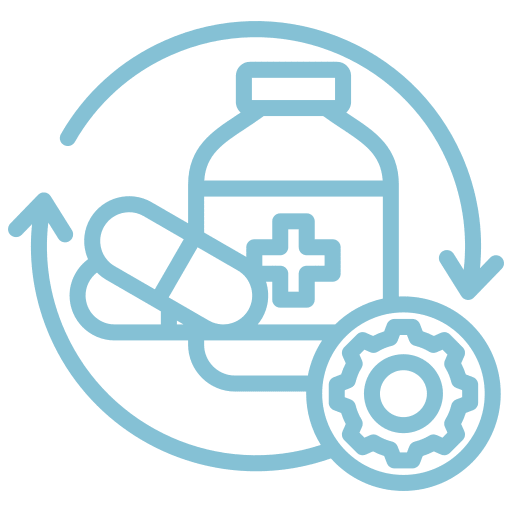
Pharmaceutical
The cleanroom is an integral part of the manufacturing process required to produce sterile drug products, vaccines, and biomedical devices. More
Learn More

Aerospace
The aerospace industry relies on the cleanroom environment and its state-of-the-art enhancements to perform experiments as well as create items like space-flight lasers, the space shuttle, satellites, missiles and space exploration vehicles. More
Learn More

Medical Device
Many medical devices are surgically placed in living bodies. For example, when manufacturing pacemakers, it is critical to manufacture them in a cleanroom that is routinely disinfected to eliminate harmful bacteria or pathogens to which a living body would be vulnerable. More
Learn More

Optics
Most people are delighted when they snap a great picture on their smartphone, but those lenses and, of course, the high-end lenses of professional cameras must be manufactured using cleanroom technology. More
Learn More

Biotechnology
While some people regard the nanotech cleanroom as a boutique version of cleanrooms devoted to electronics and the manufacturing of semiconductors, the nanotech cleanroom is actually used for multiple industries, More
Learn More

University Labs & Research Facilities
It can be mind-boggling to fathom, but the mere presence of a few extra particles can throw the most carefully wrought experiments off kilter. All variables that could affect an experiment must be removed for clean results. More
Learn More

Biological Safety
Scientists and their staff are increasingly finding themselves in need of safe environments increasingly, as their work may often involve harmful biological agents. More
Learn More

Military Applications
The military as well as various government agencies rely upon cleanrooms and their technology for many projects and experiments. In fact, if the James Bond character were real, his various gadgets would likely be created in the cleanroom environment. More
Learn More

Fill and Finish
Biopharmaceutical products are subject to stability problems and thus require more care in manufacturing than other products being manufactured in cleanrooms. More
The container that touches the product or the label is part of filling and finishing a product that requires cleanroom manufacturing controls.
All production lines must be validated for cleanroom cleaning and disinfecting methods and approved by FDA (or regulatory bodies in other countries) before they can be used to manufacture drugs. The approval process involves documenting and demonstrating that the cleanroom disinfecting and cleaning as well as the line functions as designed are within established criteria for cleanliness and sterility. The manufacturer is responsible for providing that documentation.
The cleanroom is vital to many industries, as well as for tomorrow's new products. These are just a few applications for cleanroom environments. There are many more, and more are still likely to be dreamed up in the future.
Learn More

Data Rooms
Data rooms are similar to cleanrooms in that the environment is controlled. In a computer room, air is supplied from the bottom up rather than from the top down or horizontally, as in a cleanroom. More
Learn More

Solar
Today, renewed interest in environmentally sustainable energy supplies has drawn attention once again to solar power.
Solar cells are essentially semiconductors, conveying electrons from one place to another. More
With the thinner wafers, processes, contamination control strategies, and environmental controls get stricter. The environment is less forgiving of contamination. Any mistake can affect yield.
When it comes to contamination, ACM is here to ensure controls and methods are in place for maximum yields.
Learn More

Food
Scientists have developed a process to grow produce in a perfectly sterile environment without any exposure to outside air. More
ACM is here to put in controls and methods to ensure a contamination free environment for the foods of the future.
Learn More

Healthcare
In healthcare environments, maintaining cleanroom standards is critical to preventing contamination and ensuring patient safety. More
Learn More

University and R&D
ACM provides cleanroom cleaning services for university laboratories and research and development (R&D) facilities, ensuring a contamination-free environment for scientific experimentation and innovation. More
Learn More

USP 797/800
ACM offers specialized cleanroom cleaning services to ensure compliance with USP 797 and USP 800 standards, which govern the compounding of sterile pharmaceuticals and the handling of hazardous drugs. More
Learn More

Food Manufacturing
ACM provides expert cleanroom cleaning services for food manufacturing facilities, ensuring that environments remain free from contamination throughout the production process. More
Learn More
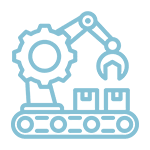
Industrial Manufacturing
ACM offers specialized cleanroom cleaning services for industrial manufacturing facilities, ensuring that production areas remain free from dust, particles, and contaminants that could compromise product quality. More
